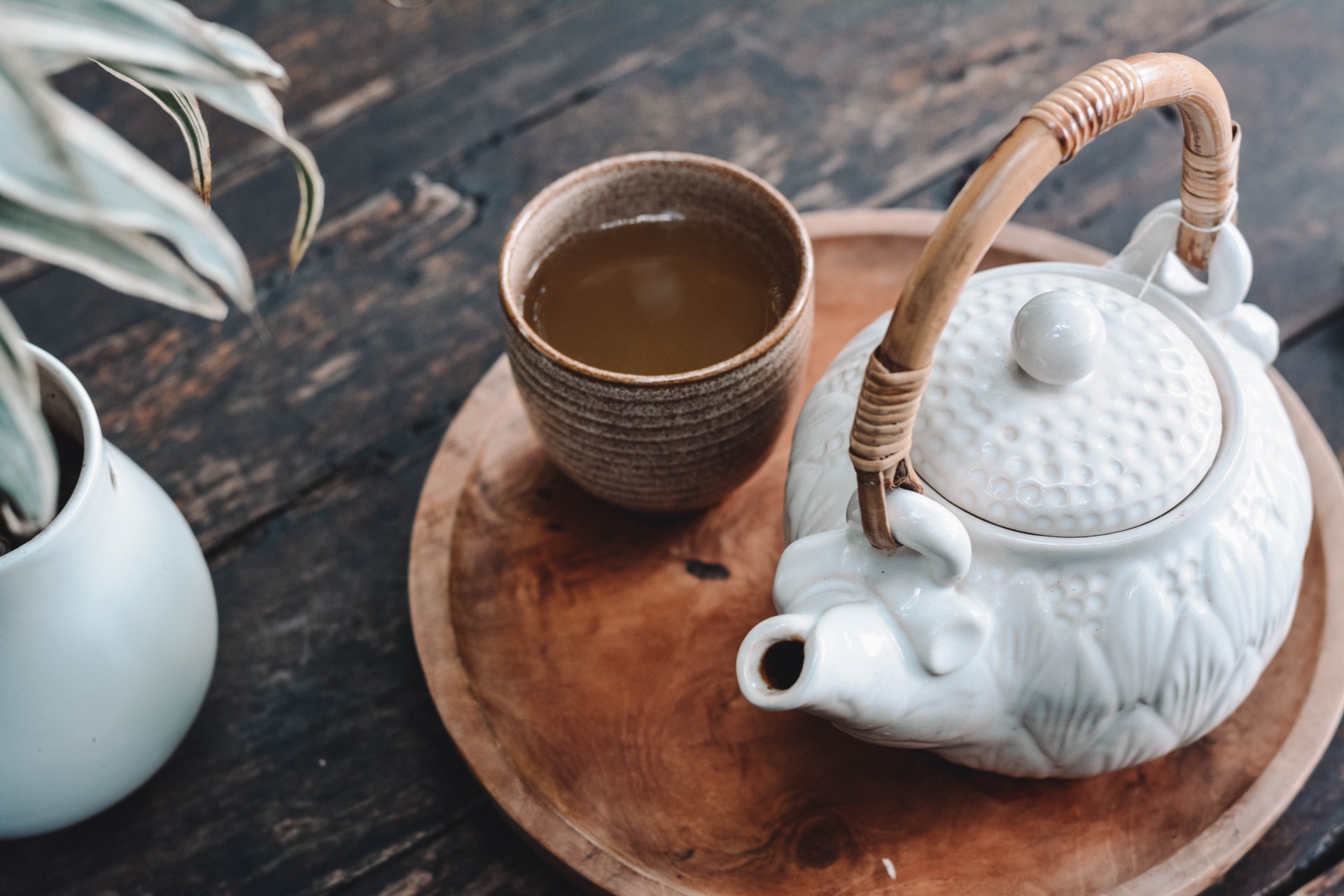Access to clean water should be a basic, universal human right.
Unfortunately, this is not necessarily the case, and many people suffer without being able to drink safe and healthy water.

If you live in a part of the world that enables you easier access to drinkable bodies of water, then count yourself as one of the privileged. At the same time, you should be cautious with the water supply in your home, and do your best to ensure that it is indeed safe to drink. There are plenty of variables when it comes to the quality of water in your direct community, so it makes sense to invest in precautionary measures. Here is Waterfilterspot which gives reliable resources for finding the right water quality and equipment for your home business filters.
The following are a few tips to help ensure that you never have to worry about water quality again.
Know About Nearby Water
Nearby water supplies are vital to your home, and they’ll often be where you get your water. You should know as much as possible about this nearby water as possible. Contamination issues can always be a problem, as a recent case highlighted by ActionMatters.org highlights.
The more informed you are about your water sources, the better you can figure out whether you need to put any additional work into your drinking water. Adding extra filters and similar devices could be needed, even if there’s practically no contamination. Make sure you’re informed so you know exactly what you need to do.
Understand Public Water Systems
Whether you live in a city or a calm, rural principality, your prime water source is bound to be the public water system. By and large, these tend to be ok, but there could be the presence of contaminants, even in barely traceable amounts that can still have an impact on your health. These contaminants can affect the health of your intestines, introduce several reproductive and neurological issues, and this is especially dangerous to those of us who could be immunocompromised – including infants and the elderly.

That being said, the system, its quality, and the level of oversight differs in each location in the absence of a blanket regulation, and due to the unique vagaries of these places. So, attend local council meetings, and understand just how clean – or not – the water supply could be. More often than not, this extra information will point you in the right direction when thinking of concrete mitigation measures you can take to ensure you have clean drinking water at home.
The Contaminants’ Pathway
You may be wondering how, with all the taxes you pay, the contaminants make their way into your water. The most common ways in which your water gets “muddied” fairly quickly is through the local land practices such as the use of fertilizers, pesticides, raising livestock and other forms of animal operations, sewer overflows, major construction projects, and more often than not, simple malfunctioning wastewater treatment systems. The only way to nip their nefarious influence on your health in the bud is by investing in a reliable filtering system.
There are many models available on the market these days, but the Water Filters Advisor website can clarify the best models to suit your needs. Whether you live alone in a small apartment or reside in a large multigenerational family home, you are bound to find a water filter that can help with catching all those heavy metals and bacterias in your drinking water.

Rely More on Cold Water
There is a common misconception that using hot water for cooking and drinking is somehow healthier since the thinking goes that the heat kills bacteria. Nothing could be farther from the truth. While it is believed that hot water is capable of breaking down contaminants, it needs to be clarified that in the water heater there is a buildup that also contains bacteria, sentiment, and metals. It is actually recommended to have cool water readily available for drinking and cooking at all times.
Look at the Plumbing
One way to safeguard the water supply you drink is to take a good look at your household plumbing. Lead can be found in older pipes. If you take the time to install lead-free fixtures and replace the plumbing with copper pipes, then you might be in good shape soon enough. After these new pipes are installed, it is recommended that for 3 days, at least once a day, that you flush the taps that give off the cold water, for a minimum of 5 minutes at a time to ensure everything is running smoothly and you have rid yourself of these contaminants.
Performance Maintenance Checks
You must keep the faucet aerators clean and do so on a regular basis. You must also replace them if they’ve been in use for a long time to avoid heavy metals and sediment from collecting in the aerator. In addition, experts recommend that at least once a year, to drain your water heater since the same principle applies: metals and bacteria gunk up and can greatly impact the water quality and pressure.

More and more people are increasingly worried about the quality of their water – and with good reason. Given the lax regulations on corporations in many parts of the country, it is hard to assess whether or not you and your family have access to a pristine water supply. Although following the tips listed above can help you understand how to right the situation.






